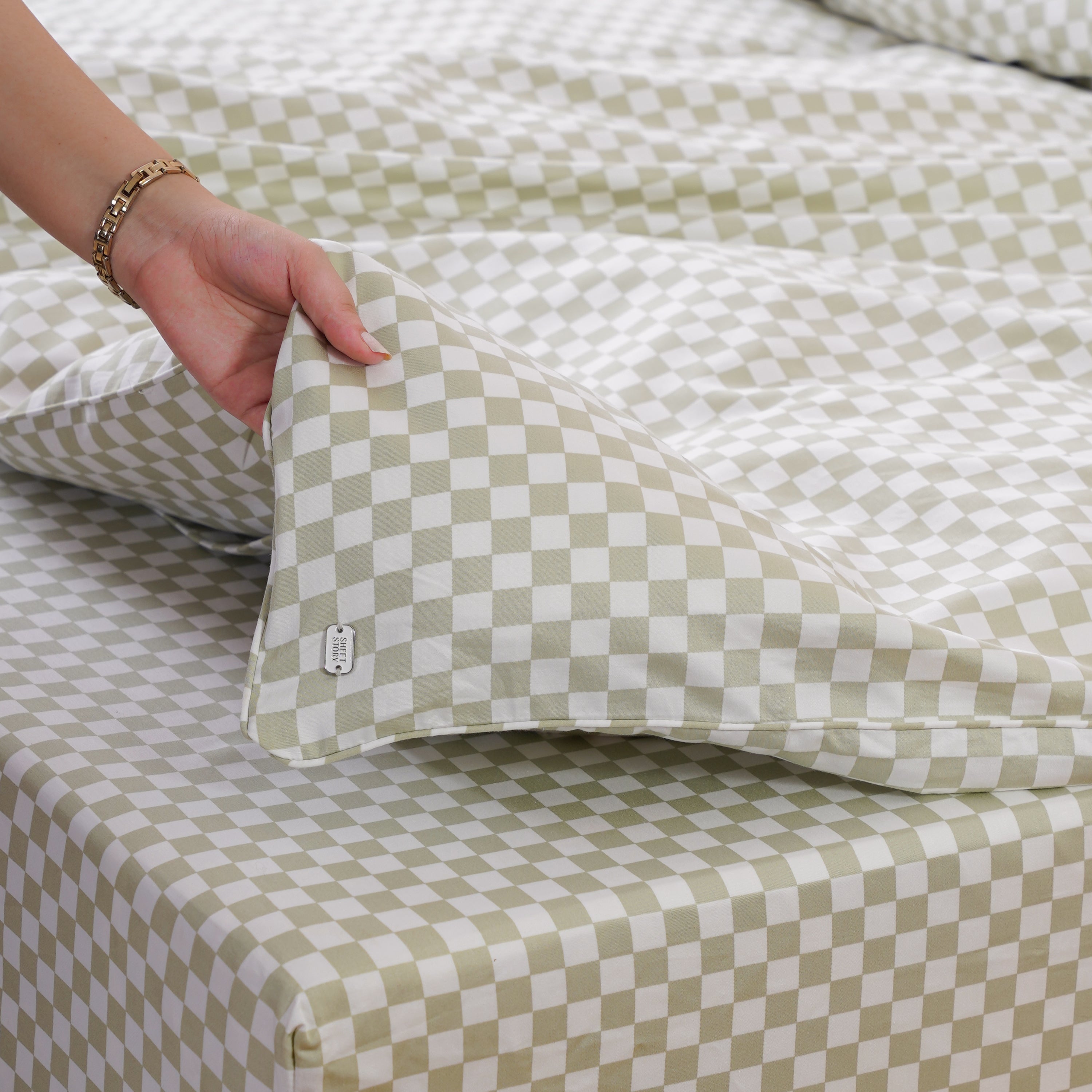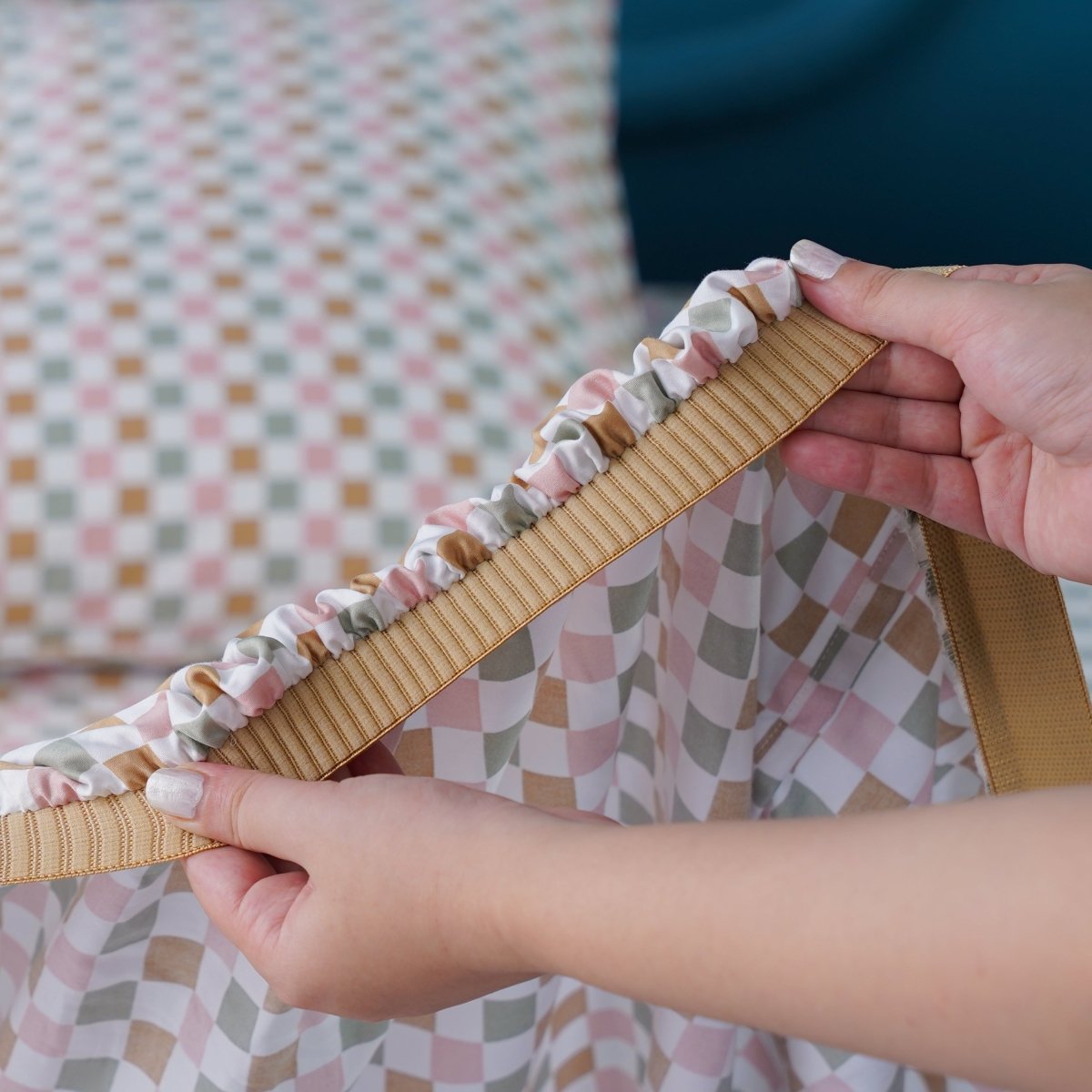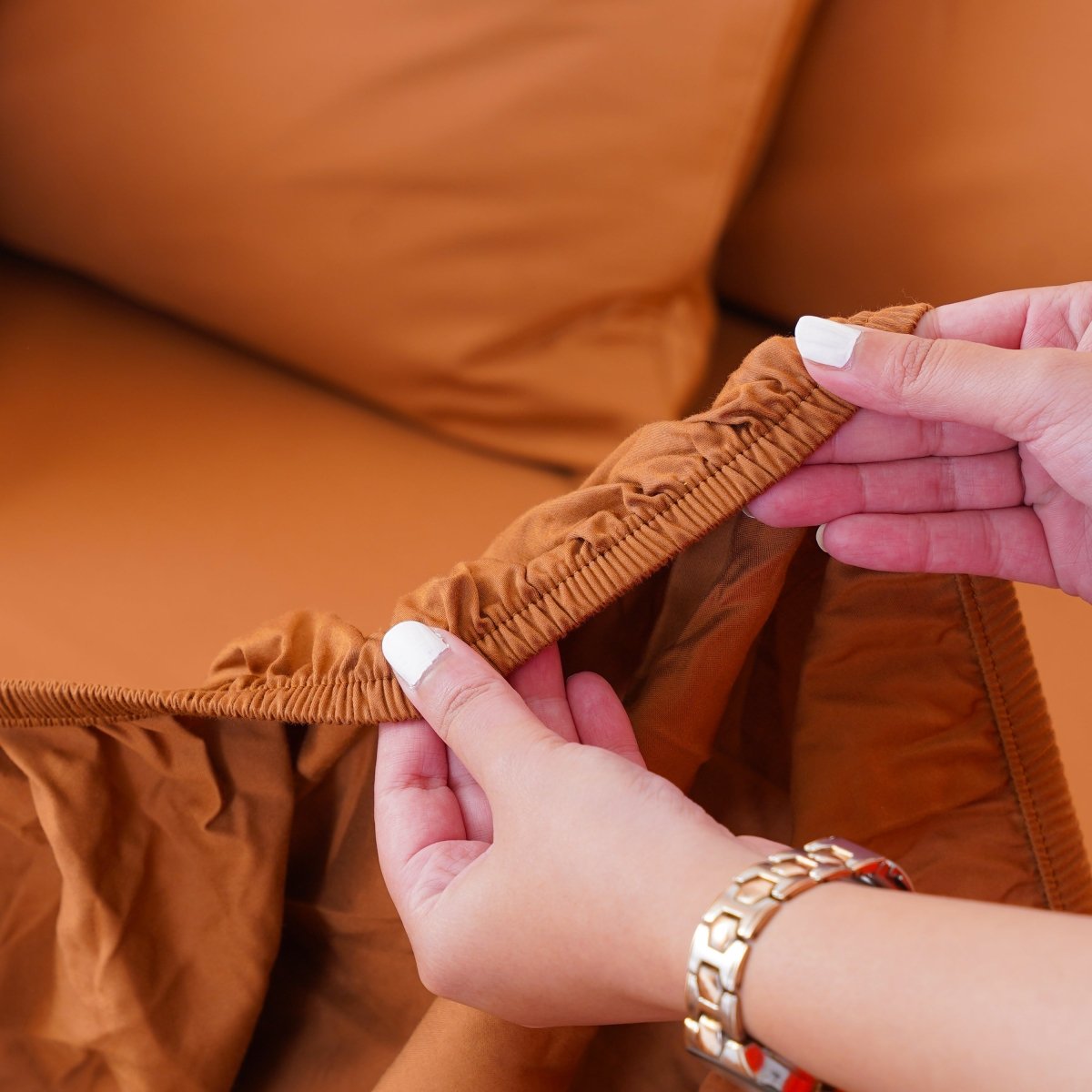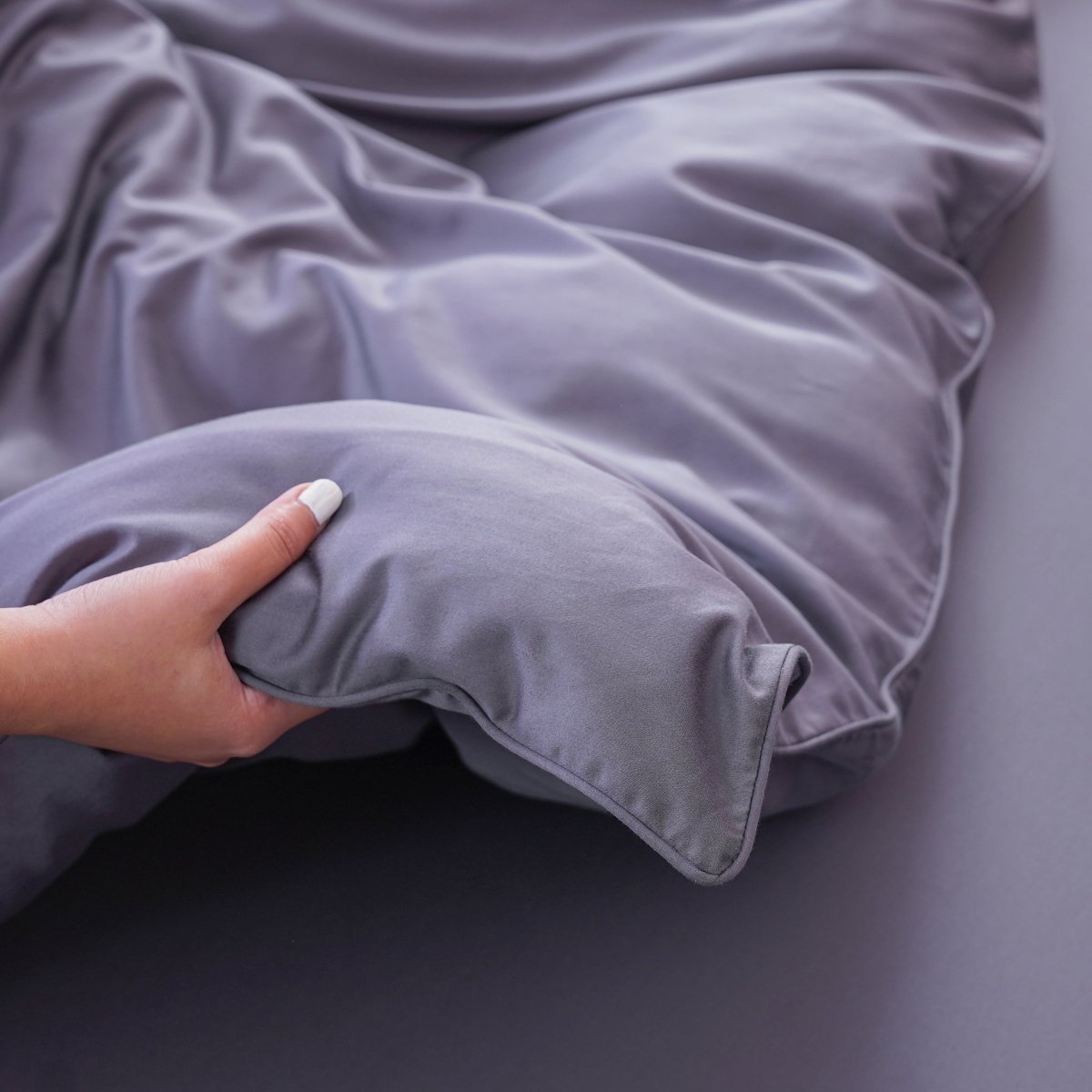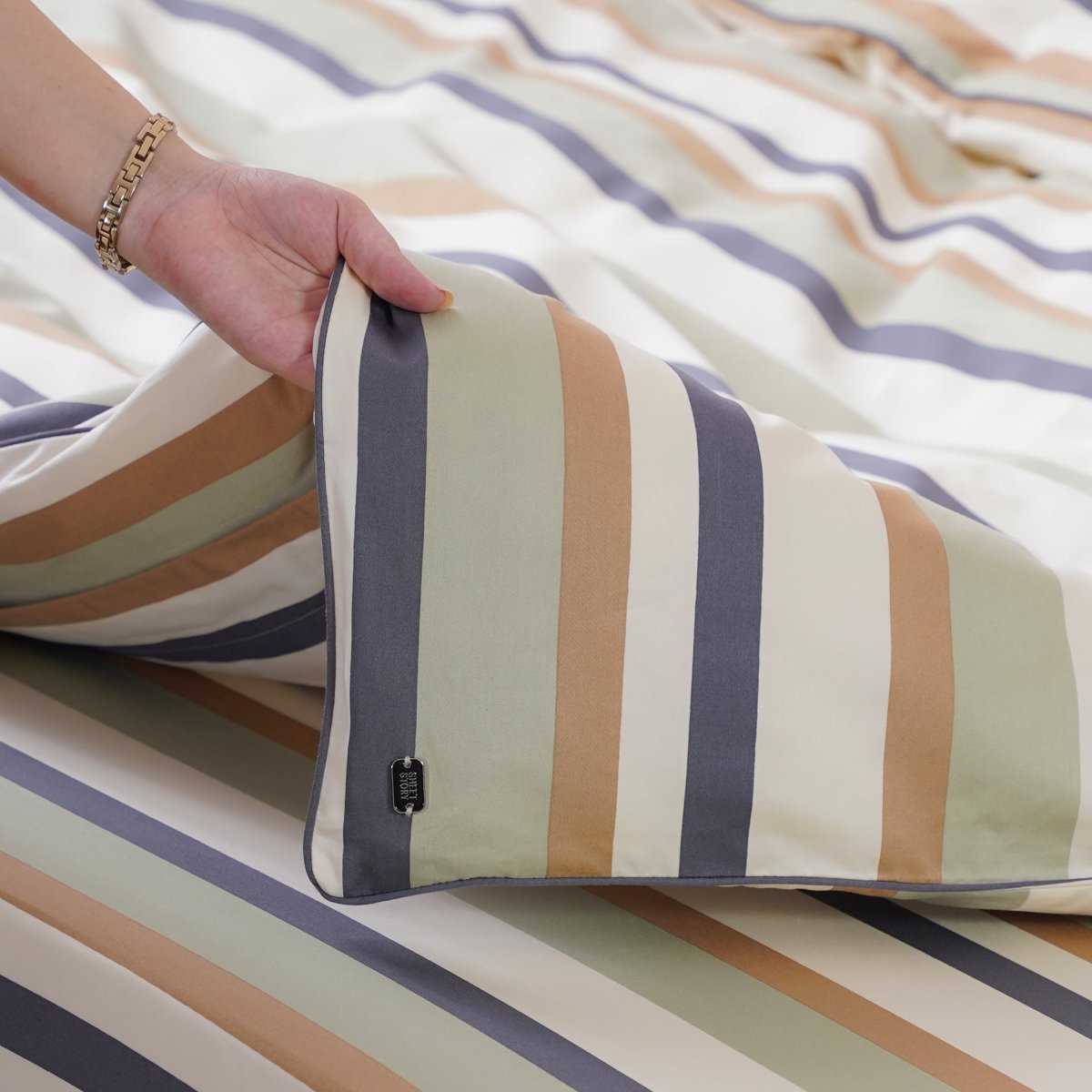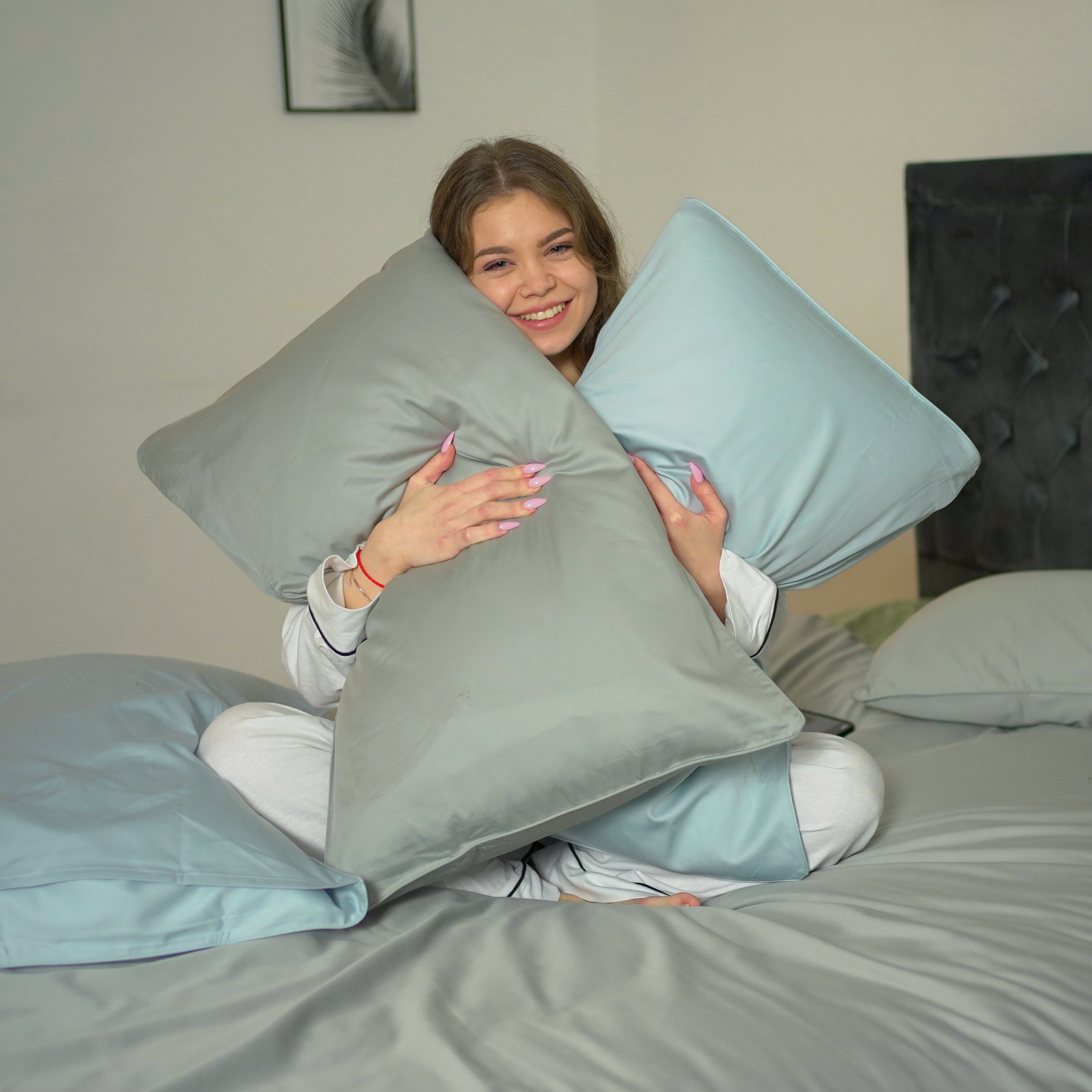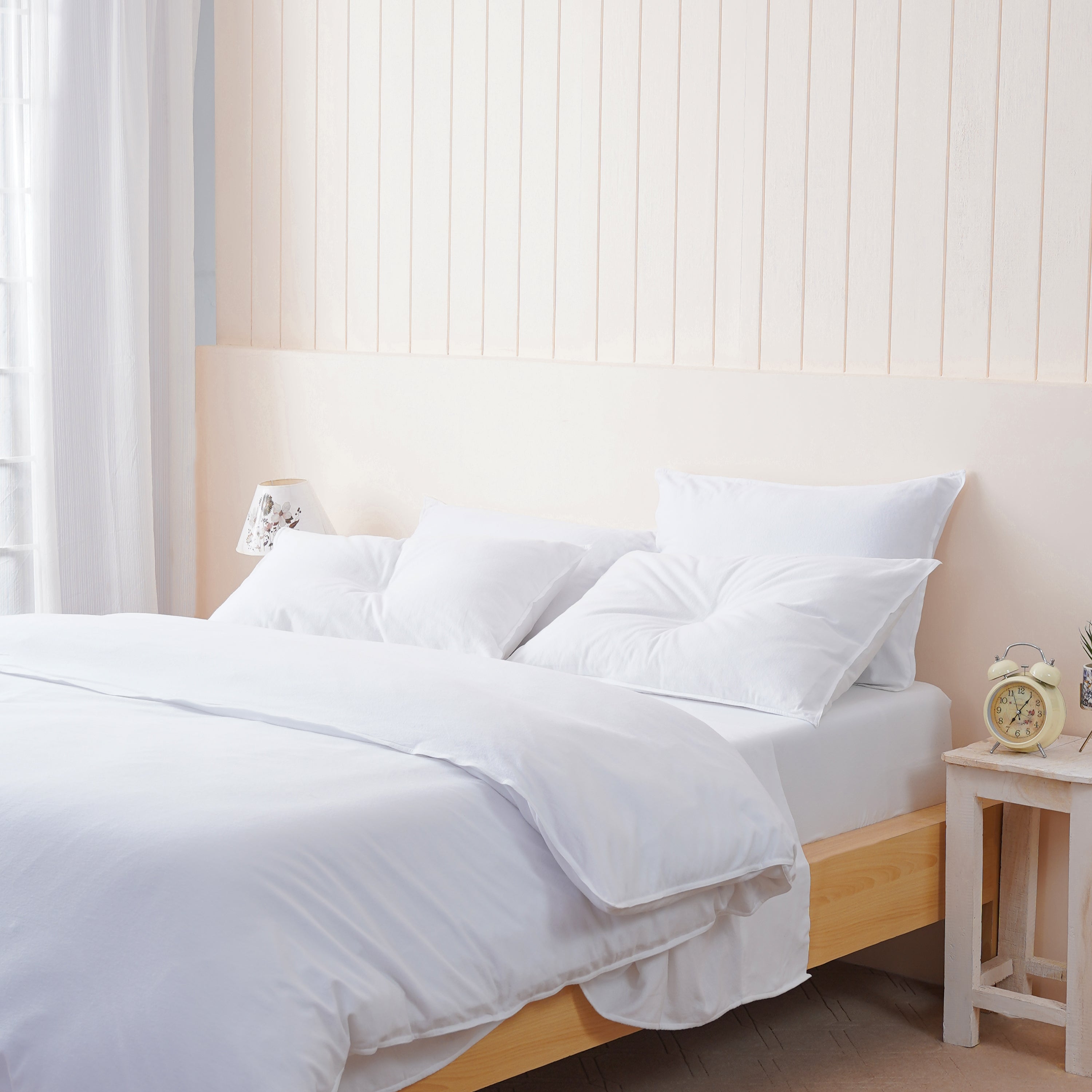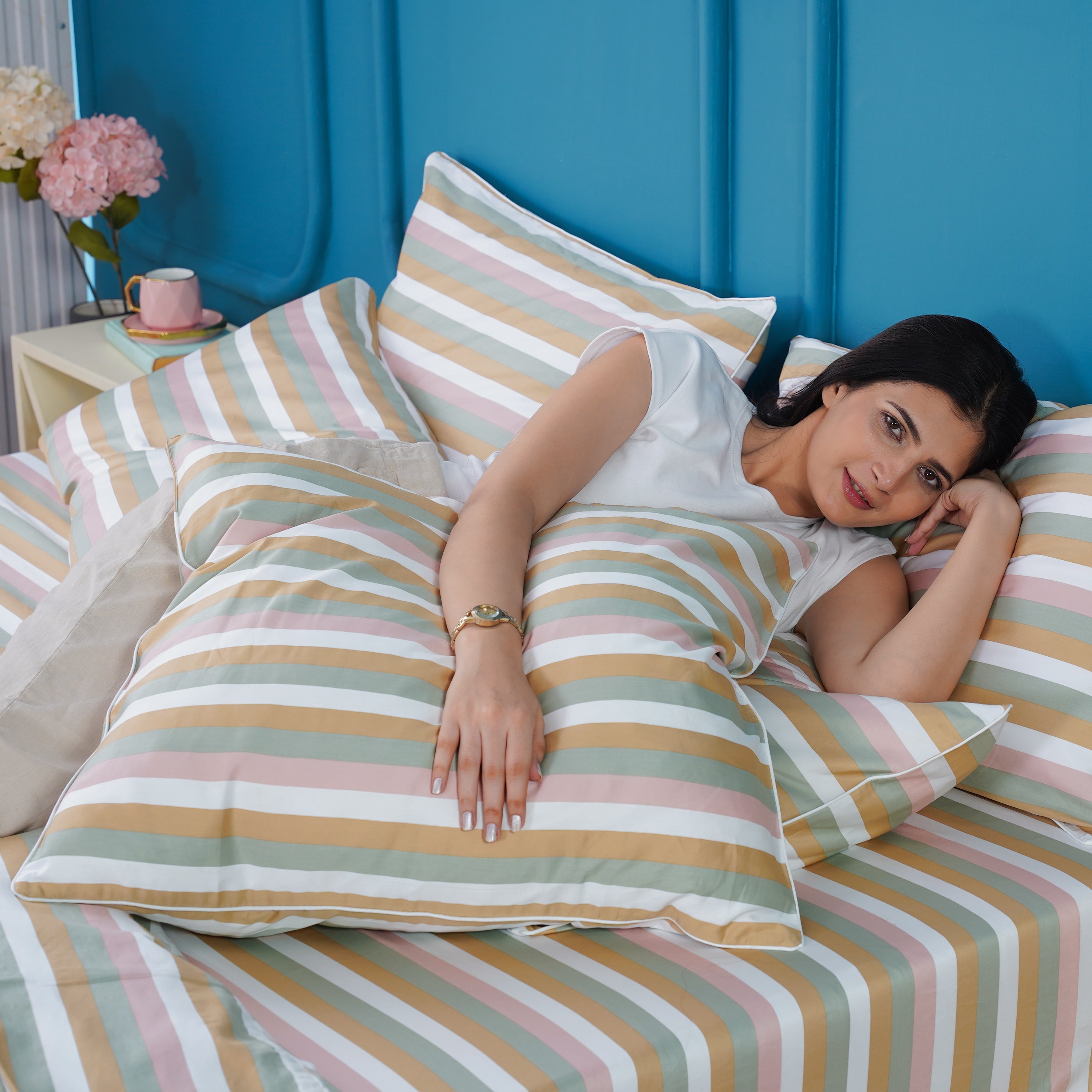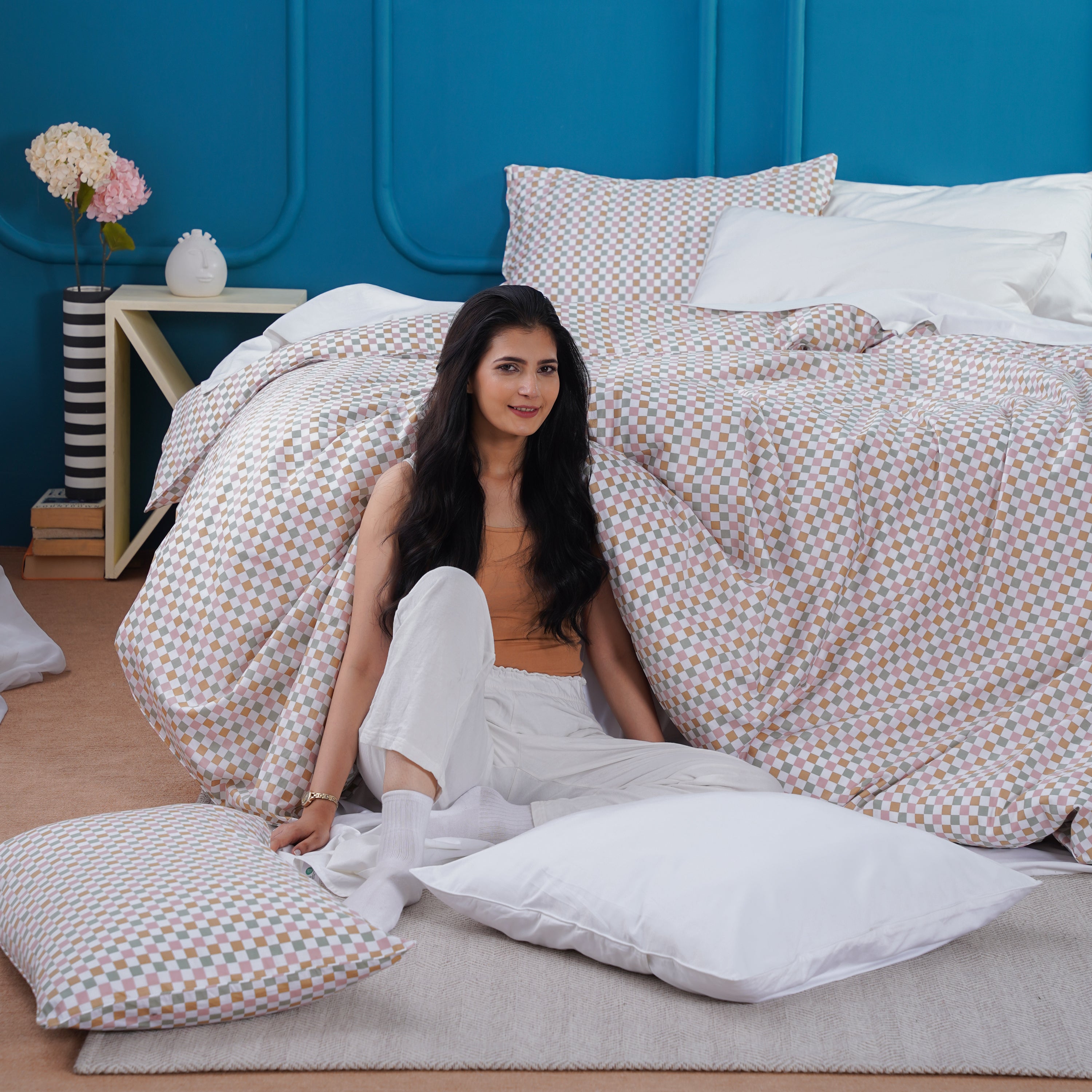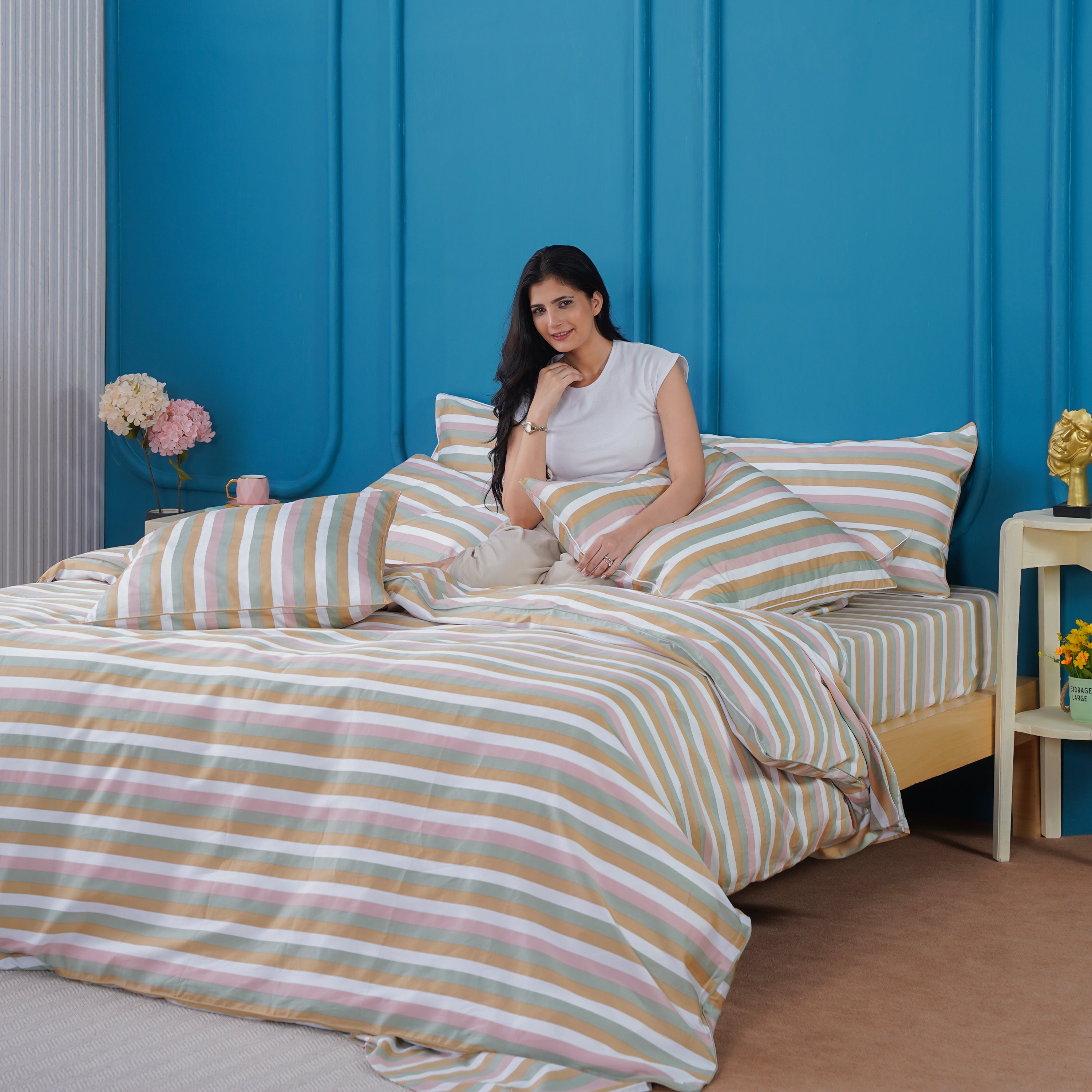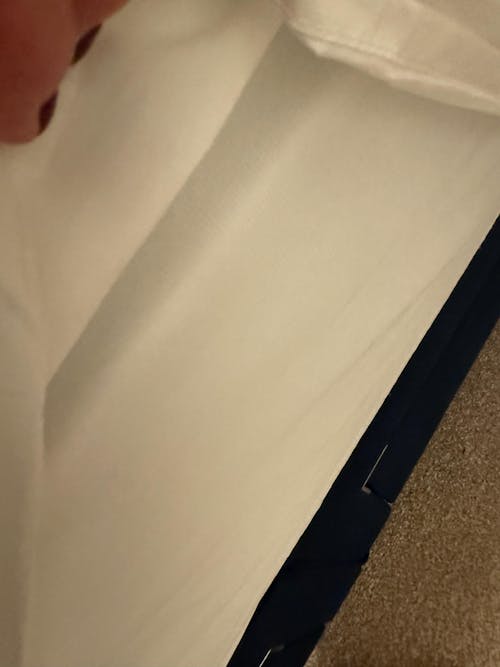Bedding has come a long way since the early days of basic fabrics and handwoven textiles. From ancient materials to modern innovations, the history of bed sheets reflects advancements in technology, culture, and lifestyle. In this blog, we’ll explore the fascinating journey of bedding materials and compare traditional vs modern bedding to help you understand the evolution of bed sheets.
1. The Origins of Bedding Materials
The earliest bedding materials date back thousands of years. In ancient Egypt, linen—spun from flax—was the material of choice due to its lightweight and breathable properties. Meanwhile, in colder regions, wool and animal hides were used for warmth. Archaeologists have discovered that linen was considered a luxury item, reserved for the wealthy and often used as a status symbol.
2. The Rise of Cotton
The introduction of cotton revolutionised bedding materials. By the 17th century, cotton became a popular choice due to its softness and durability. The Industrial Revolution in the 18th century further transformed the bedding industry, allowing mass production of cotton sheets at affordable prices. Today, cotton remains one of the most widely used fabrics, with global cotton production exceeding 25 million tonnes annually.
3. Synthetic Innovations
In the 20th century, synthetic fabrics like polyester and microfiber emerged as cost-effective alternatives to natural fibres. These materials gained popularity for their wrinkle-resistant and easy-care properties. According to market research, polyester now accounts for nearly 50% of all fibre consumption worldwide, demonstrating its significant impact on the evolution of bed sheets.
4. Modern Trends in Bedding Materials
Modern bedding has seen a shift towards eco-friendly and sustainable materials. Organic cotton, bamboo, and Tencel have gained traction due to their environmental benefits. For example, Tencel—made from eucalyptus fibres—uses 50% less water during production compared to traditional cotton. These innovations reflect a growing consumer demand for sustainable and high-performance bedding options.
5. Traditional vs Modern Bedding
-
Traditional Bedding: Often handmade and crafted from natural materials, traditional bedding offers a timeless aesthetic but may lack modern conveniences like wrinkle resistance.
-
Modern Bedding: Incorporates advanced materials and finishes, offering enhanced comfort, durability, and ease of care.
Final Thoughts
The evolution of bedding materials highlights the incredible advancements in comfort, functionality, and sustainability. From linen and cotton to synthetic and eco-friendly innovations, today’s options cater to a variety of preferences and lifestyles. Understanding bedding materials history can help you appreciate the choices available and select the best fit for your needs from the Sheet Story range.
